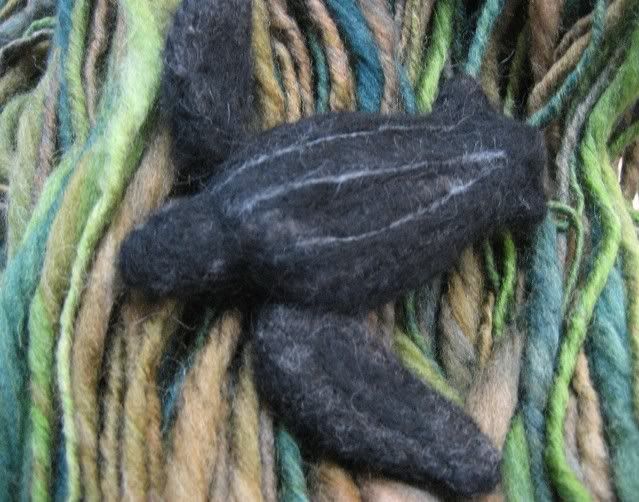 Look who has decided to join us! A gorgeously felted leatherback turtle, courtesy of The Loop.
Look who has decided to join us! A gorgeously felted leatherback turtle, courtesy of The Loop.The majestic leatherback is the largest of living turtles. As the late marine scientist Dr. Ransom Myers (pictured below) has described, they can grow "as big as Volkswagens." They are easily distinguished from other sea turtles by their lack of a hard shell, and long, clawless flippers.
Leatherbacks are major travelers, nesting on warm South and Central American beaches, and swimming north each summer to feed on jellyfish off the coast of Nova Scotia. To brave the cold northern waters, their flippers feature 'countercurrent heat exchangers'. If only we were also bestowed with such practical equipment to warm our feet during the long Maritime winter!
Listed as critically endangered by the IUCN and Canada's Species At Risk Act, these gentle giants can become ensnared in fishing gear, or caught on pelagic long lines. Leatherback turtles are also at risk from marine pollution. They may mistake floating plastic for jellyfish and fill their bellies with our indigestible garbage - eventually choking or starving. They are also sensitive to light and noise disturbances when nesting in the south.

The Canadian Sea Turtle Network (formerly known as the Nova Scotia Leatherback Turtle Working Group) is a collaborative research and conservation initiative that includes fishermen, tour-boat operators, naturalists, coastal community members, and biologists. The team has been tracking the trans-Atlantic voyages of a small number of tagged turtles in the hope of contributing to the recovery of the leatherback turtle.

No comments:
Post a Comment